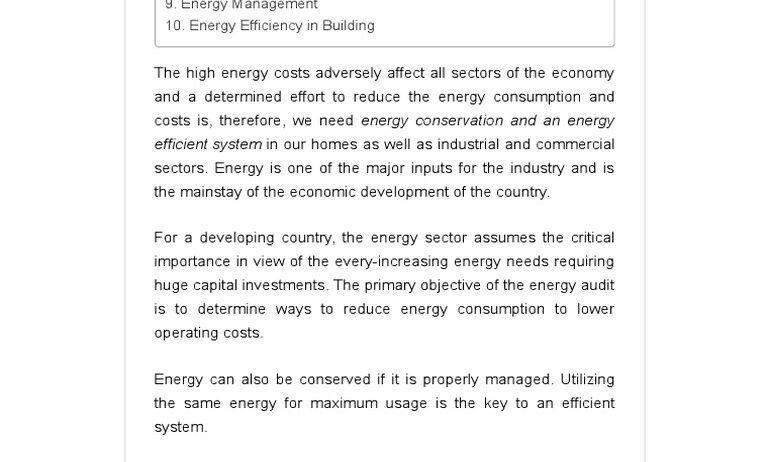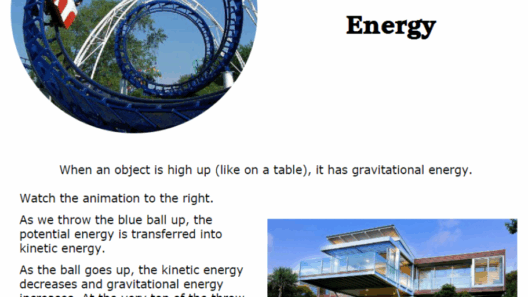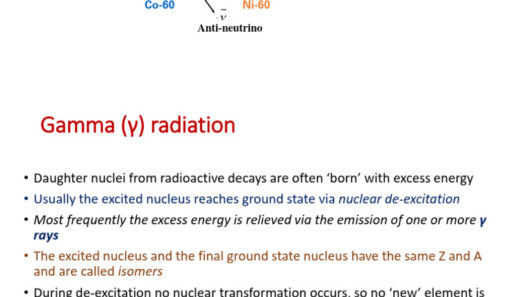Energy conservation in architecture and interior design represents a symphony of innovation, artistry, and sustainability. Just as a maestro harmonizes notes to create a masterful composition, architects and designers orchestrate elements of space, light, and materials to breathe life into structures while minimizing their ecological footprint. This intricate balance between aesthetics and ethics is essential in navigating the challenges posed by climate change.
To embark on this journey toward energy efficiency, it is imperative to begin with an understanding of the foundational principles of sustainability. These principles serve as the cornerstones of environmentally conscious design and can guide decisions from the initial concept phase to the final execution. The first step is to adopt a holistic approach, integrating energy conservation strategies with the overall architectural vision. This mindset recognizes that buildings do not exist in isolation; rather, they interact dynamically with their surroundings, consuming resources and emitting waste.
Next, the plays of light in architectural design must be considered, as natural illumination can significantly reduce reliance on electric lighting. Designers can embrace the concept of biophilia, which emphasizes the human affinity for the natural world. By incorporating expansive windows, skylights, and light wells, designers can channel an abundance of daylight, creating warm, inviting spaces that enliven occupants while conserving energy. The strategic placement of these openings can help harness passive solar heating, augmenting the building’s thermal efficiency.
Moreover, ventilating spaces naturally can also contribute to energy conservation. By designing cross-ventilation systems and utilizing thermal mass, buildings can regulate temperatures without extensive reliance on HVAC systems. The interplay of air flow within a structure invites a refreshing dialogue with the environment, fostering not just comfort but an eco-friendly ethos among occupants.
Utilizing sustainable materials plays a crucial role in achieving energy conservation goals. This is where the metaphor of a tree flourishing in its environment comes to life. Just as a tree draws nutrients from the soil, buildings should derive from local resources and renewable materials. Utilizing reclaimed wood, recycled steel, and low-VOC paints not only minimizes the carbon footprint of a project but also enhances indoor air quality and promotes occupant health. By sourcing materials locally, architects and designers can reduce transportation emissions, further contributing to a building’s sustainability.
In the heart of energy conservation lies the efficient use of energy systems. Innovative technologies such as smart grids, solar panels, and geothermal systems can redefine energy consumption in buildings. Automated systems that monitor and adjust energy use based on occupancy patterns can mitigate wastage, similar to how an orchestra adjusts its tempo based on the conductor’s cues. Introducing renewable energy sources allows buildings to generate their own energy, achieving a net-zero status over time. This autonomy fosters a profound connection between building occupants and their environment — an interdependence that is essential in this age of climatic upheaval.
Achieving energy conservation goals also necessitates a deep commitment to education and awareness. Engaging stakeholders—clients, contractors, and occupants—through workshops and informational sessions establishes a culture of sustainability. Just as seeds require nurturing to blossom, awareness must be cultivated to ensure that occupants embrace and uphold energy conservation measures. By informing occupants about their role in energy-saving behaviors, such as turning off unused lights or optimizing heating and cooling settings, a building transcends its physical structure and becomes a veritable ecosystem of conscious living.
Interior design offers unique opportunities for energy conservation as well. The judicious selection of furnishings and finishes can significantly influence a building’s energy profile. Embracing energy-efficient appliances, LED lighting, and sensibly designed interiors that prioritize thermal comfort are essential steps. Immersing the space in soothing, natural hues and textures can forge a bolstered connection to nature, which can enhance the psychological well-being of inhabitants. This concept turns interior spaces into sanctuaries of peace and comfort, further reinforcing the link between eco-conscious design and occupant satisfaction.
Moreover, the importance of landscaping cannot be overstated. The exterior of a building forms the first impression, but its ecosystem heavily influences energy conservation. Employing native plants, rain gardens, and green roofs can mitigate the urban heat island effect, improve stormwater management, and enhance insulation. This living architecture acts as a protective ensure surrounding the building, much like a guardian that nurtures and advises, thus maintaining an efficient microclimate.
While energy conservation in architecture and design is a noble pursuit, the journey can be rife with challenges. Navigating building codes, budget constraints, and client preferences requires an unwavering commitment to sustainability and innovation. Designers must approach these obstacles with the creativity of a sculptor, chiseling away inefficiencies to unveil a form that is both functional and beautiful. In doing so, they cultivate an ethos that prioritizes the well-being of the planet and its inhabitants.
In conclusion, reaching energy conservation goals in architecture and interior design is a multifaceted endeavor that requires a comprehensive understanding of environmental principles, technological advances, material selection, and occupant engagement. The integration of these elements creates spaces that are not only aesthetically pleasing but also significantly reduce their impact on the planet, much like a well-tended ecosystem thrives amid a bustling world. A commitment to sustainability and energy efficiency can translate to buildings that serve as beacons of hope, guiding the way toward a more harmonious coexistence with our environment.








